What Are Spam Traps, and How to Avoid Them

Spam traps are mailboxes that help anti-spam organizations, Internet Service Providers (ISPs), and blocklist operators identify and monitor spam senders.
Spam traps are not operated by humans, which means they can't opt in to receive emails in any way. That's why when you send an email to a spam trap, its operators take it as a sign that you're a spammer, or at least, you haven't been careful with who you're contacting.
Types of spam traps
There are primarily two types of spam traps. Let’s discuss each.
Recycled spam traps
Have you ever sent an email to someone who no longer works at the same company? If so, then you've already dealt with recycled spam traps.
Recycled spam traps are most often email addresses that were once valid but have been repurposed or reassigned for trapping spam.
Recycled spam traps might be on your sending list if:
- Your email list has not been updated in years.
- You don't warm up your domain or email your list frequently.
- There are mistyped or invalid email addresses created out of guesses (e.g., name@gnail.com or name@yaho.com) on your list.
- You have generic email addresses such as info@ or contact@ on your email list.
- Some of your contacts moved to new positions.
The recycled spam trap generally isn’t as harmful as the pristine spam trap but will still cause damage to your sender reputation over time.
Pristine spam traps
Pristine spam traps are email addresses that are triggered by ISPs but have never been valid or used by a sender.
The ultimate goal of pristine traps is to help ISPs identify people and companies using spammy email marketing tactics.
How do pristine spam traps end up on your contact list?
These types of email addresses are usually publicly accessible on websites but hidden in the site's code. So when you scrape websites to expand your email list, these spam traps end up being added to your list.
If you send an email to a pristine spam trap, your sending domain or IP address may be blocked immediately. If you regularly send emails to recycled spam traps, you may start to see your emails routed to the junk folder.
How to avoid spam traps
Even though you can get away with emailing a few spam traps every now and then, it does no good to your sender reputation in the long run. Follow these tactics to avoid emailing spam traps.
Never use purchased email lists
There are many subcategories of pristine spam traps, including scraped, harvested, and seeded traps.
Each of these spam traps is technically distinct in its own way, but they’ll only end up on your list if you:
- Purchase email lists
- Trade email lists with other businesses
- Scrape the web for email addresses
As a rule of thumb, these types of email addresses will never opt in to receive your emails, and ISPs know this.
So, if you do any of the three activities listed above, you’ll end up with a list full of pristine spam traps, and it will hurt your deliverability as your sender domain ends up being blocked.
Also, using a purchased list almost guarantees your domain will be flagged as a spammer. Most of the subscribers on purchased lists likely have no interest in your brand and will ignore the email, mark it as spam, or delete it altogether.
Don’t scrape email addresses from the web
Scraping email addresses may be a shortcut to building a list fast, but the drawbacks are simply not worth it.
First of all, scraping email addresses is illegal in many countries. Other risks you face when scraping websites for email include:
- Email service providers (ESPs) and ISPs could flag you as a spammer.
- Your SMTP service provider might suspend your email.
- Your bounce rate will be sky-high.
- Your sender's reputation could suffer as most recipients label your emails as spam.
- Your company could be fined by the local authorities, depending on the legislation of the country concerned.
Avoid emailing generic email addresses
Role-based email addresses—such as info@, marketing@, support@, sales@ — are generally publicly available on websites, and one can even easily guess role-based email accounts.
They are the easiest to find. Thus, if your list contains a number of role-based email addresses, ISPs assume you've scraped the web to find these addresses.
Also, it’s difficult to prove that you have permission to contact each person associated with the email address. For example, at a large company like Salesforce, the email address sales@salesforce.com can easily be used by hundreds of SDRs.
So as a sender, it may be impossible for you to prove that you have received permission from all of these SDRs, and your domain may end up being flagged.
Staying with our Salesforce example, even if the ISPs end up not flagging your domain, an SDR could file a spam complaint and flag your email as junk. Not to mention the fact that this also lowers the overall engagement rate of your campaigns.
Verify your email list
Another way you can ensure your emails don’t fall into spam traps is to ensure the email addresses you're sending them to are valid in the first place.
So, before sending your email or kicking off an outreach campaign, you should take the time to check the email addresses on your list with a tool like Email Verifier. Here’s how to do it:
Go to the Email Verifier page and paste the email address you’d like to verify:
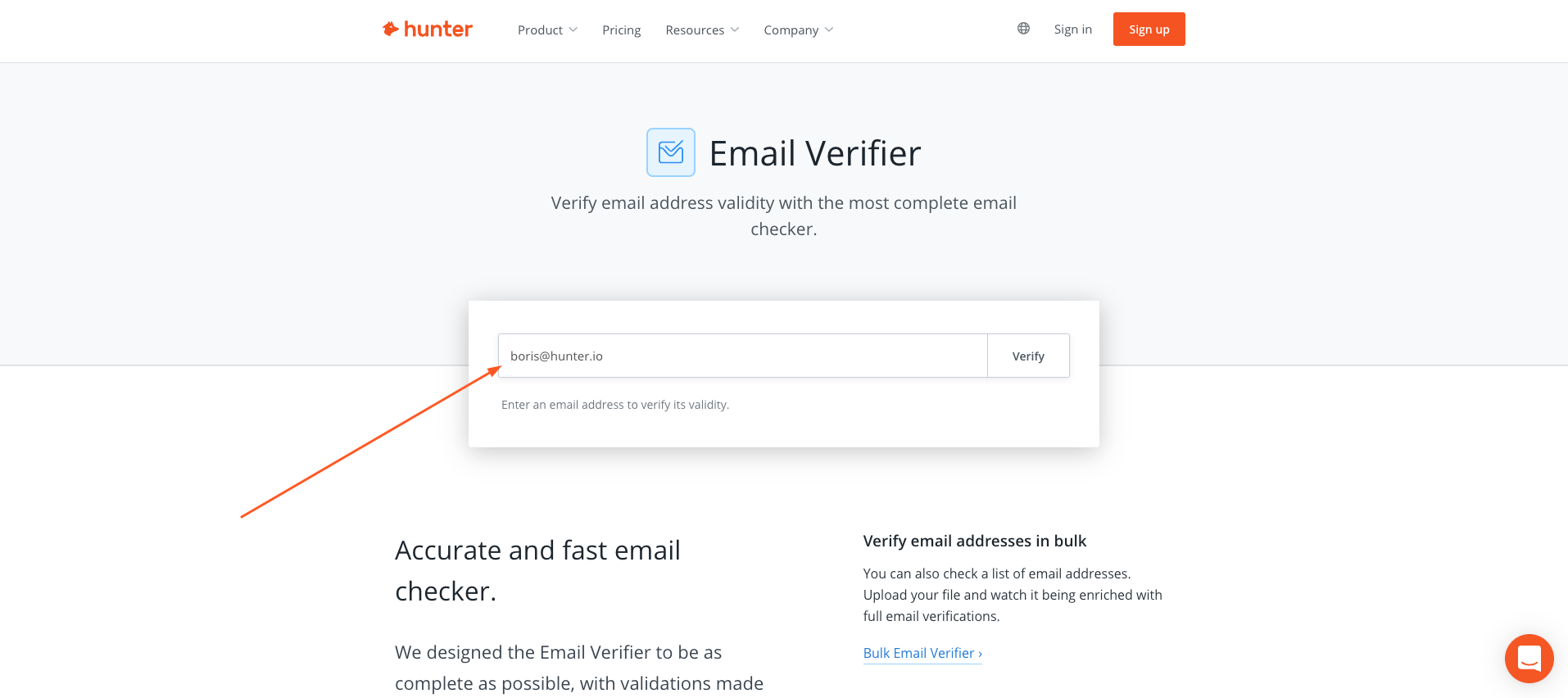
Then, click the Verify button. You’ll get a result that looks like this:
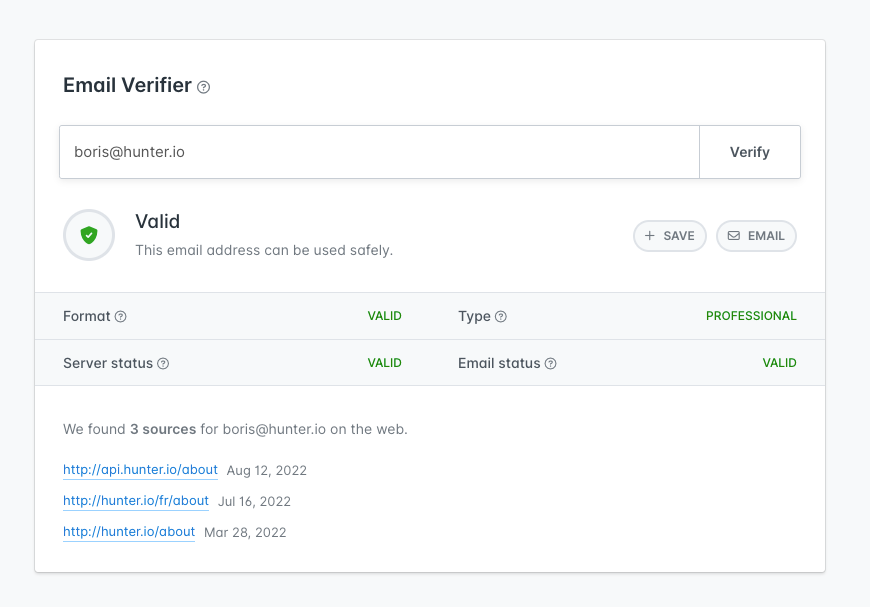
Need to verify a list of email addresses? Just use the Bulk Email Verifier.
First, go to Bulks > Email Verifier.
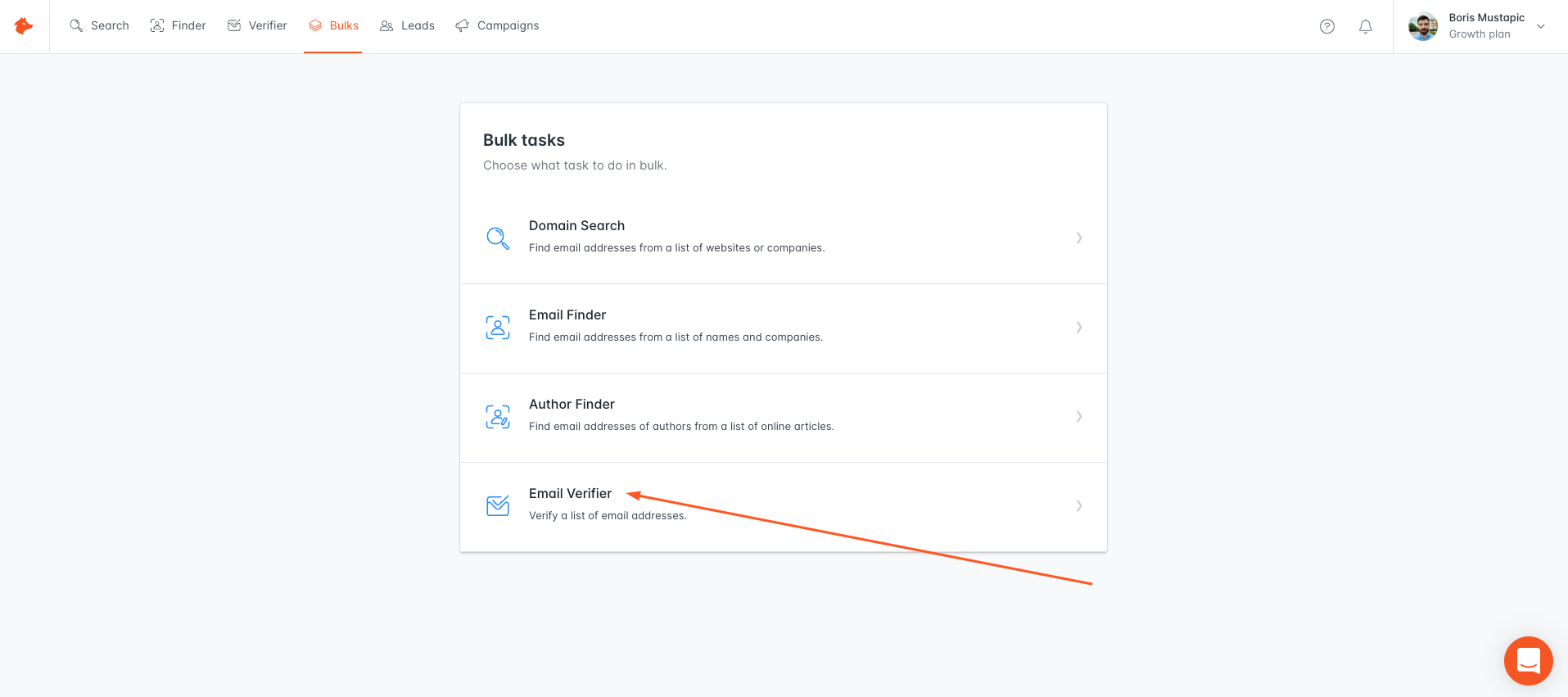
Then, click on +New bulk.
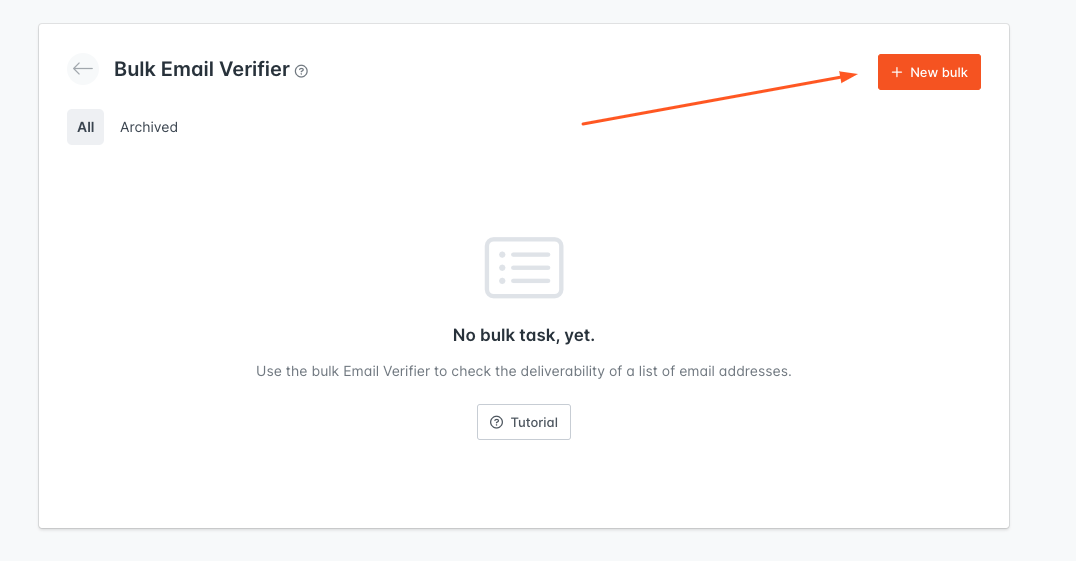
You will need to name your list and add the email addresses you want to verify. You can enter the email addresses one after the other into the appropriate field or upload a list in .CSV or .TXT format.
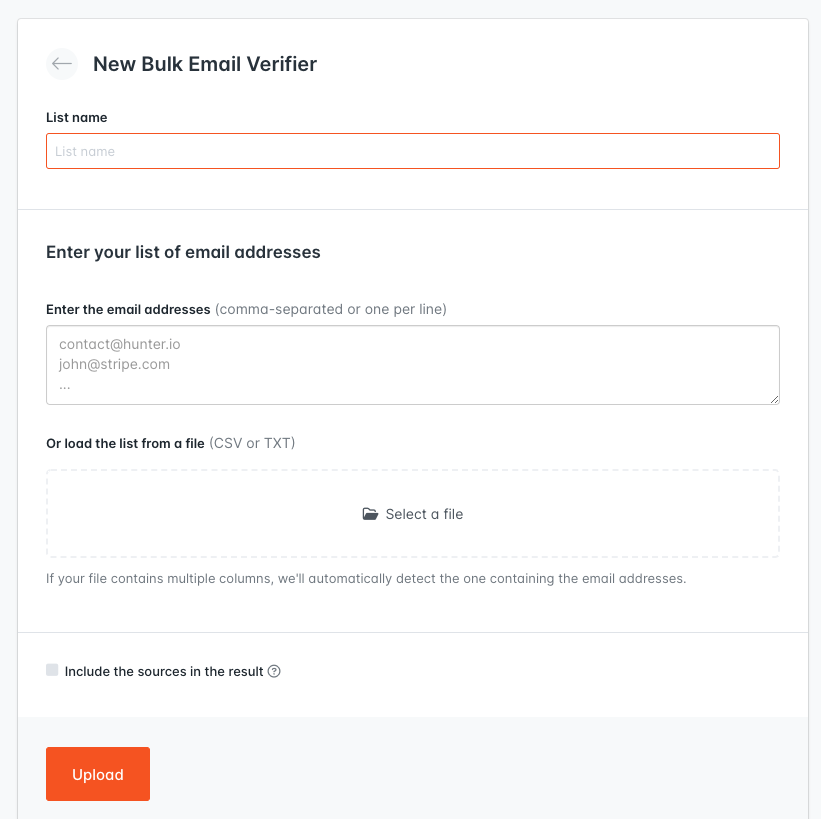
Click Upload, and then on Launch the verification to get your results.
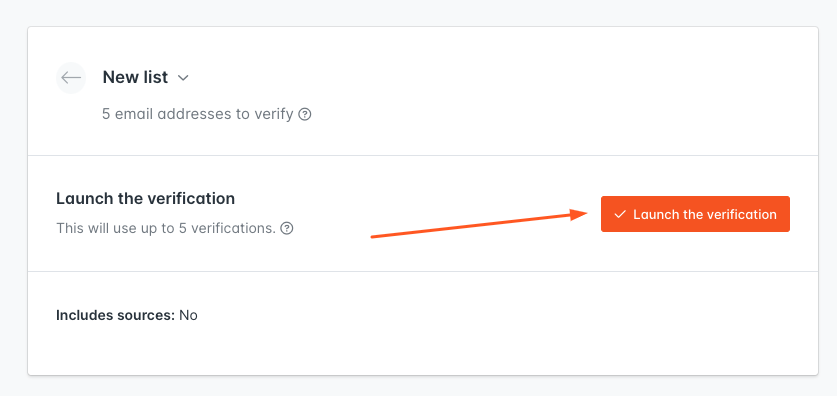
The verification process doesn't take long to complete. Once it’s done, click the Download button to download a list of all the verified email addresses from your original list.
Keep your email deliverability high by avoiding spam traps
ESPs and ISPs always strive to catch malicious email senders. Following the tips above will ensure that your cold email gets a green pass through spam checkers and lands in the recipient's inbox.
To learn even more about email deliverability, check out these blog posts:
- Email Deliverability: How to Boost it For Cold Outreach
- Soft Bounce vs. Hard Bounce: What is It & Why Emails Bounce
- How to Prevent Emails from Going to Spam: 6 Tips



 Send cold emails with Hunter
Send cold emails with Hunter